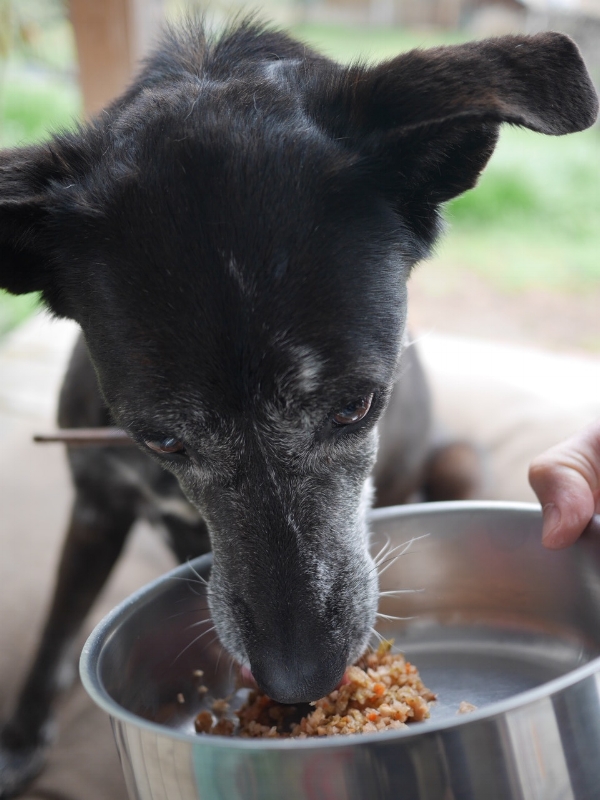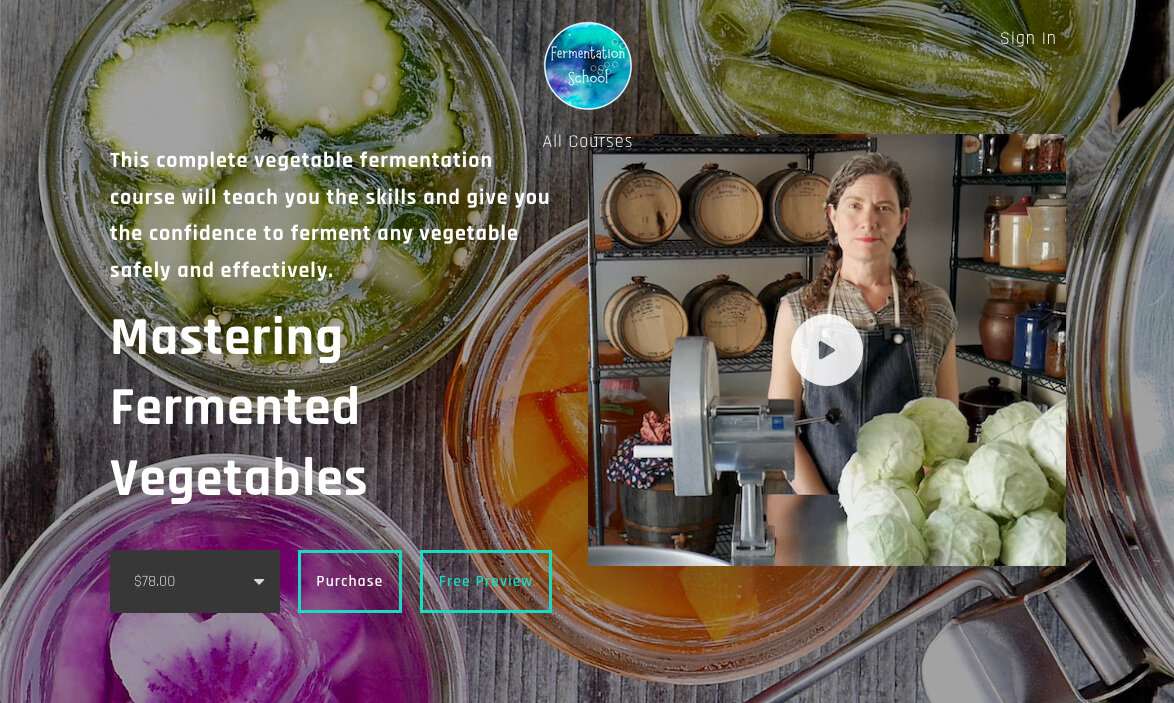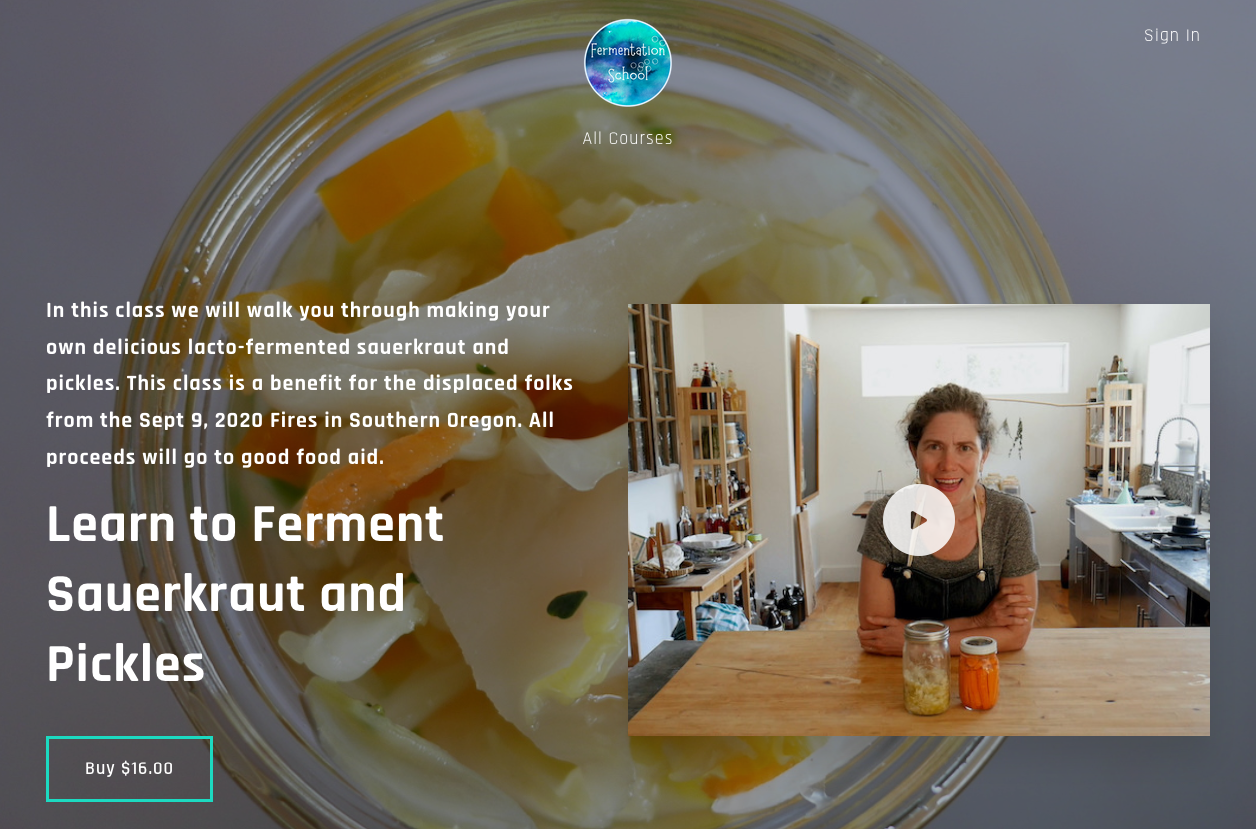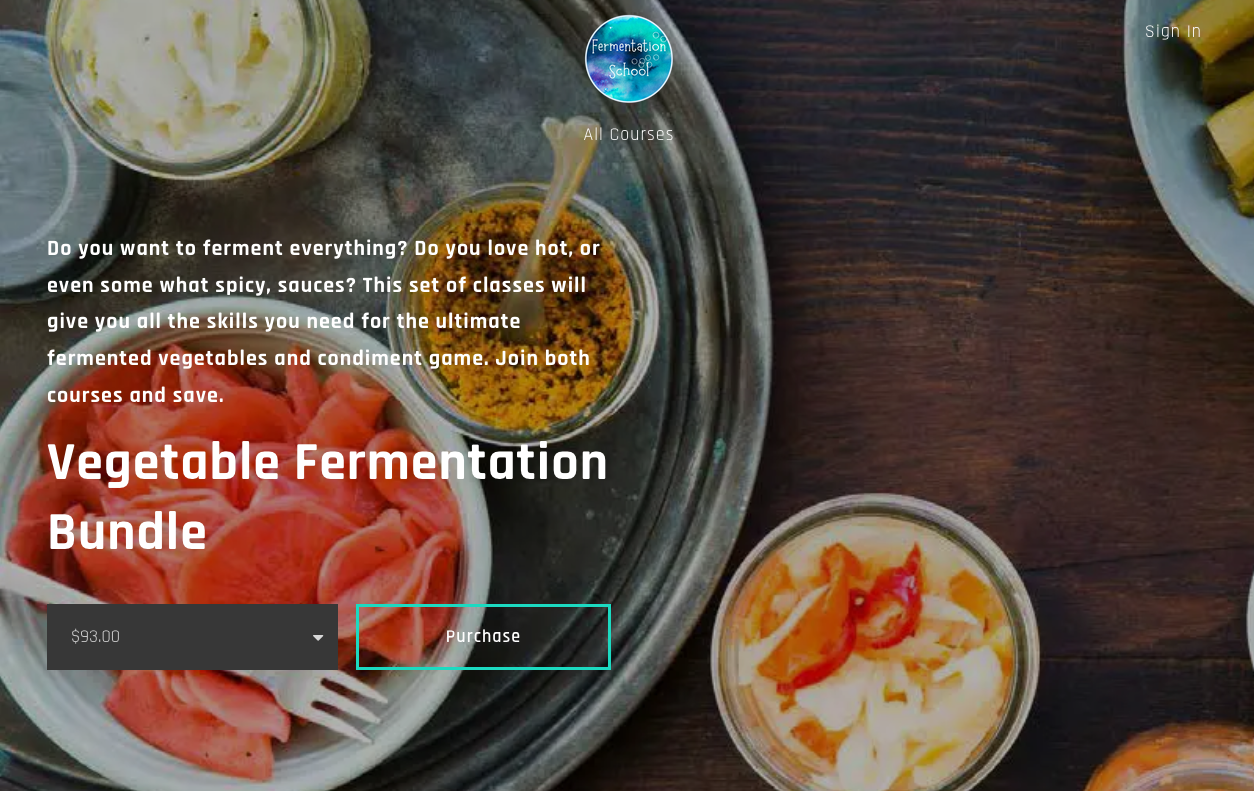Guest post by Calvin Tribelhorn
What if I told you there is a parasite that can alter the structure of your brain? A parasite that causes you to seek out dangerous and risky behaviour, increasing your chances of being in a car accident? A parasite that causes certain animals to lose their natural fear of predators.
This parasite is not fiction, but a single-celled organism that lives in the guts of cats, called Toxoplasma gondii. It demonstrates how much influence our gut has over our brain, mood, emotions and actions. And begs the question, when it comes to how you act, who is really in control?
How your gut influences your brain.
The colonies of microbes residing in your gut are like tiny drug factories, pumping out different chemicals and substances that affect your brain and mood. One such chemical is Serotonin, where 80% is created as a by product of certain microbes in your gut. The serotonin is then transported up the vagus nerve and experienced by the brain. Serotonin handles mood regulation, sleep and your overall sense of peace.
Further studies suggest that certain microbes may have antidepressant and anti-anxiety properties on par with drugs like citalopram. These studies are only a fraction of the research that is beginning to paint a picture of just how influential our gut microbiome is over our brain. They show the many mental afflictions linked to a disrupted gut microbiome.
Is autism linked to our gut?
A 2012 paper by Dr Derrick Macfabe describes what happens when rats are injected with something called propionic acid (PPA). The PPA injection provokes peculiar changes in the rats brains. Changes like neuro-inflammation, increased oxidative stress and glutathione depletion. The rats also display abnormal movements, repetitive interests, cognitive deficits, and impaired social interactions.
These are all symptoms associated with people who have autism spectrum disorder. PPA is a fermentation by-product of bacteria found in the gut, primarily desulfovibrio bacteroidetes and Clostridia. Patients with autism have many more species of the clostridium bacteria and have high levels of PPA in their feces. According to Dr Sydney Finegold, antibiotics wipe out or suppress organisms in the gut, but the Clostridia bacteria is one that persists regardless of antibiotics.
A CBC program titled the autism enigma featured Ellen Bolty, who explains how her son’s behaviour changed after six courses of antibiotics over a two month period for an ear infection. He was later diagnosed with autism. Digging into the research, Ellen came across information about the clostridium bacteria and how an antibiotic called Vancomycin, has proven to be effective in targeting clostridium bacteria. She then started searching for a doctor who would be willing to try the antibiotic on her son.
After trying the antibiotics the results were astounding. She stated “Within a matter of weeks he became calm, he was aware of his environment. He is able to put puzzles together.” All things he had never done before.
Vancomycin was able to temporarily suppress the clostridium bacteria, resulting in fewer symptoms associated with autism, however, once the antibiotics wore off, so did its effects and the clostridium bacteria came back. This case led to a pilot study with Dr Finegold, who found that out of ten autistic children who were treated with vancomycin, eight of them had temporary but significant improvements. Now jumping to conclusions about the cause of autism, has not been helpful in the past. But the idea that autism could be the result of a disturbance of the gut is gathering more and more evidence.
The disturbed gut ecosystem would also explain the common gastrointestinal issues autistic children suffer. At this point, saying the gut microbiome is important to your health is the understatement of the year. Dr Martin Blosser says that losing the entire microbiome outright would be as bad as losing your kidneys or liver.
How to start fixing your gut?
Unlike your kidneys or liver, you can change the makeup of your microbiome by what you put in your mouth. Your microbiome is as unique to you as your fingerprint. We can't choose what kind of start we get in life when it comes to our microbial make-up. But we do have control of the single biggest factor when it comes to the make-up and health of our microbiome. Our diet.
You see microbes are everywhere. And your gut microbiome is always changing depending on the food you eat. Certain foods will feed certain species of bacteria that will either enhance your health, or destroy it. If you eat lots of processed foods and sugar your microbiome will soon reflect an imbalance of species that thrive on those foods, sending signals to your brain to get more and more of those highly processed sugary foods. This escalates cravings to feed this army of harmful microbes that have taken over.
You see the science around the role each strain of species performs is still new. There are so many different types of species that we haven't had the time to track and record them all. And it is only the onset of DNA sequencing that we can investigate this world at all.
What we do know is that among healthy individuals there is a balance of microbes of around 75% beneficial, and 25% not. This balance ensures that your immune system always knows what types of bacteria are harmless and which to get rid of immediately.
Your gut is like a well trained guard dog, and only by exposing it to the enemy can it learn what to look out for.
Foods for excellent gut health.
If you are reading this you have heard the terms probiotic and prebiotic foods. Prebiotic foods, are foods rich in fiber. Fiber cannot be digested by the human body. In fact, when we eat fiber we are eating for our microbes who like us, need food for fuel. If your microbes don't get fiber they will turn on the mucus lining in your intestines for fuel. This is a huge problem as that is the barrier that keeps microbes, food particles and waste from entering the bloodstream.
The term “Leaky Gut” name describes exactly what is happening within your gut when all is not well. As soon as this barrier is damaged you have a doorway for the contents of the gut to begin leaking into the bloodstream. Which is a huuuge problem! And is the root cause for so many chronic illnesses we see today.
This spikes inflammation in the body, as the immune system goes on high alert to get rid of whatever has leaked into the bloodstream. Leaky gut has been linked to a number of health problems like Crohn's disease, irritable bowel syndrome, depression, chronic fatigue syndrome, and virtually every autoimmune disease.
The key to keeping your microbes energized and healthy is to eat a wide variety of fiber rich foods. Some of my favourite sources of prebiotics are listed below:
The second type of food for maintaining good gut health is probiotics. These are different to pre-biotics as they introduce new colonies and species of bacteria into your gut. Probiotics means ‘for life’ and this term is used when foods contain many bacterial species that reshape your microbiome. Think of them as handy reinforcements in the heat of battle.
Probiotics come in many different forms, but the best and most cost effective way of getting them, is through fermented foods. As with fiber, not all fermented foods are made equal. Certain foods will contain different amounts and varieties of microbes to help repopulate your gut.
There are certain ferments that are both probiotic and prebiotic, meaning they supply your gut with much needed fuel as well as reinforcements of new bacterial strains. Your microbes are the foundation of your metabolism. Without them we would not be able to survive. Eating the right foods so that your microbes are healthy will over time bring your overall health into balance.
Your body is a miraculous machine. One that knows how to heal itself. It just needs to be put into the right state of balance first and then the rest will take care of itself. Getting your gut into balance is the single biggest leap you can do for your overall health, and one that will ensure you are able to live drug free.
This post is by Calvin Tribelhorn. You can see more of Calvin’s work at his website Kommunitea. If you are interested in more information Click here to get Calvin’s free video series on fermented beverages.










